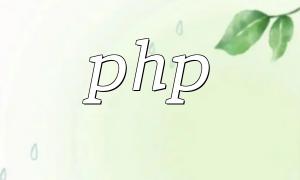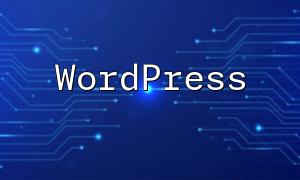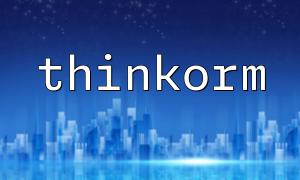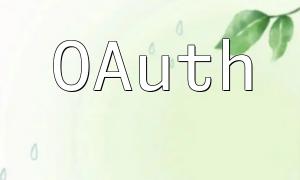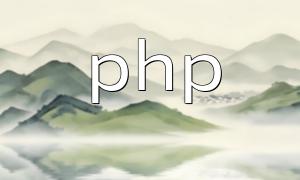With the rapid development of online education, especially accelerated by the COVID-19 pandemic, the demand for remote learning has surged. In this context, real-time communication and interactivity are essential. This article introduces how to combine PHP, Unity3D, and the Workerman framework to build an efficient real-time online education platform.
First, we need to set up a PHP backend server to handle requests and real-time data transmission from the Unity3D client. We choose the Workerman framework, a high-performance PHP application framework ideal for building WebSocket servers.
Here is a simple example code:
require_once './Workerman/Autoloader.php';
use Workerman\Worker;
use Workerman\Lib\Timer;
$worker = new Worker("websocket://0.0.0.0:2345");
$worker->onConnect = function($connection) {
echo "Connection open\n";
};
$worker->onMessage = function($connection, $data) {
echo "Received message: $data\n";
// Process received messages and respond to client as needed
$response = "Hello Unity3D!";
$connection->send($response);
};
$worker->onClose = function($connection) {
echo "Connection closed\n";
};
Worker::runAll();
Next, we implement the client functionality in Unity3D. First, import the WebGL Socket plugin, which enables WebSocket connections between the WebGL platform and the PHP server.
The following is a Unity3D client sample script:
using UnityEngine;
using WebSocketSharp;
public class OnlineEducation : MonoBehaviour {
private WebSocket websocket;
void Start() {
websocket = new WebSocket("ws://localhost:2345");
websocket.OnOpen += (sender, e) => {
Debug.Log("Connection open");
};
websocket.OnMessage += (sender, e) => {
Debug.Log("Received message: " + e.Data);
// Handle received messages and update platform status
};
websocket.OnClose += (sender, e) => {
Debug.Log("Connection closed");
};
websocket.Connect();
}
void Update() {
// Send messages to the server as needed
if (Input.GetKeyDown(KeyCode.Space)) {
websocket.Send("Hello Server!");
}
}
void OnDestroy() {
websocket.Close();
}
}
With the above code, we have successfully established communication between the PHP backend server and the Unity3D client. Now, we can develop real-time online education features based on actual requirements.
For example, we can create a virtual classroom in the Unity3D client where students and teachers communicate in real time, share whiteboards, and share screens. When students interact within the client, real-time data changes are sent to the PHP backend server, which then forwards the data to other students and teachers. Additionally, teachers can stream real-time audio and video to students through the Unity3D client.
These features enable real-time interaction and resource sharing, significantly enhancing the educational experience.
In summary, by combining PHP, Unity3D, and the Workerman framework, we successfully built a real-time online education platform. This platform allows students and teachers to communicate and share resources instantly, improving interaction and teaching effectiveness.
As online education continues to evolve, such platforms will have broader applications. We hope this article provides helpful insights for developers looking to build real-time online education solutions.
